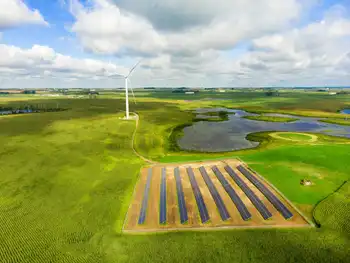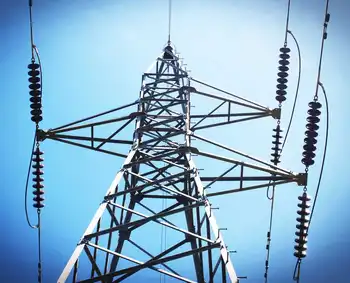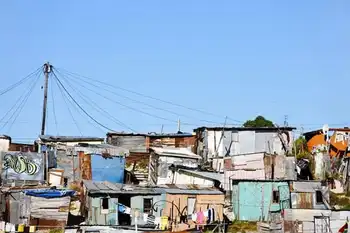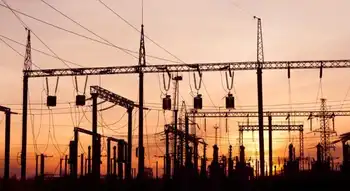Carbon-capping climate Senate bill dies
WASHINGTON, D.C. - U.S. legislation that would have set up a cap-and-trade system to limit climate-warming carbon emissions died after a procedural vote in the Senate.
The bill, which had bipartisan support but not enough to overcome opposition, aimed to cut total U.S. global warming emissions by 66 percent by 2050. Opponents said it would cost jobs and raise fuel prices in an already pinched American economy.
Known as the Lieberman-Warner Climate Security Act, the bill's chances of passage were always slim. Even if Congress had approved it, President George W. Bush had vowed a veto.
Bush has consistently opposed any economy-wide program to curb the carbon dioxide emissions that spur climate change, arguing that this would hurt the U.S. economy.
U.S. greenhouse gas emissions would drop by about 2 percent per year between 2012 and 2050, based on 2005 emission levels, under a summary of the measure by its Senate supporters.
Carbon dioxide, which contributes to the climate-warming greenhouse effect, is emitted by fossil-fueled vehicles, coal-fired power plants and natural sources, including human breath.
Senators John McCain and Barack Obama, the respective Republican and Democratic presidential nominees, were not present for the vote, but both support limiting human-generated emissions that spur climate change.
Related News

From smart meters to big batteries, co-ops emerge as clean grid laboratories
WASHINGTON - Minnesota electric cooperatives have quietly emerged as laboratories for clean grid innovation, outpacing investor-owned utilities on smart meter installations, time-based pricing pilots, and experimental storage solutions.
“Co-ops have innovation in their DNA,” said David Ranallo, a spokesperson for Great River Energy, a generation and distribution cooperative that supplies power to 28 member utilities — making it one of the state’s largest co-op players.
Minnesota farmers helped pioneer the electric co-op model more than a century ago, pooling resources to build power lines, transformers and other equipment to deliver power to rural parts of the state. Today, 44 member-owned electric co-ops…




